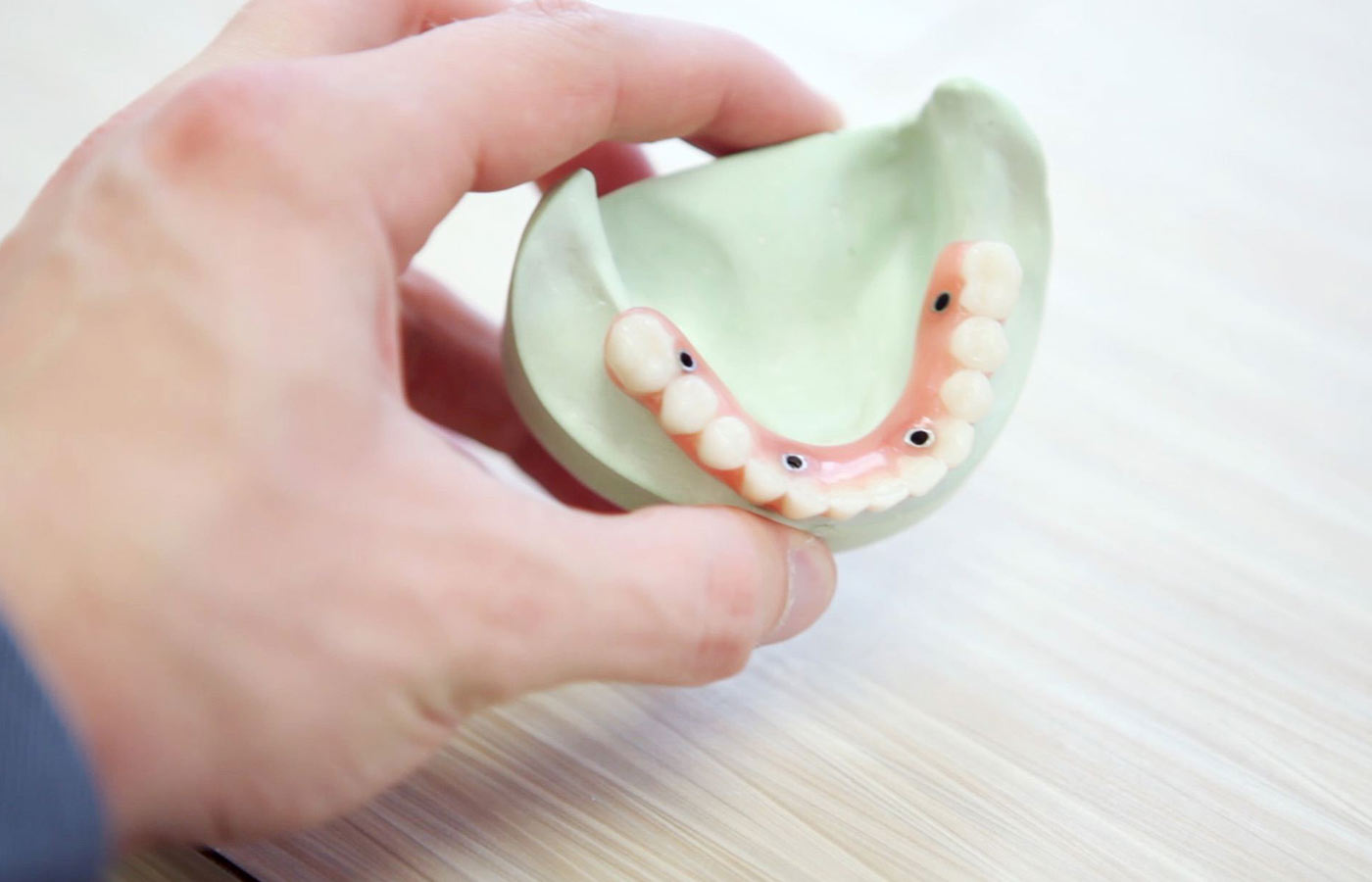Scheduling dental visits really should be based upon each person’s oral hygiene, habits and medical conditions.
Even if you take excellent care of your teeth and gums at home, you still need to see a dentist regularly. Your dentist can check for problems that you may not see or feel. Many dental problems don’t become visible or cause pain until they are in more advanced stages. Examples include cavities, gum disease and oral cancer. Regular visits allow your dentist to find early signs of disease. Problems can be treated at a manageable stage.
On average, seeing a dentist twice a year works well for many people. Some can get away with fewer visits. Others may need more frequent visits. People with very little risk of cavities or gum disease can do fine seeing their dentist just once a year. People with a high risk of dental disease might need to visit every three or four months, or more. This high-risk group includes:
- Smokers
- Pregnant women
- Diabetics
- People with current gum disease
- People with a weak immune response to bacterial infection
- People who tend to get cavities or build up plaque
The schedule for any person may change during a lifetime. In times of stress or illness, you may need to see the dentist more often than usual. The dentist may help you to fight off a temporary infection or treat changes in your mouth.
If you take good care of your teeth and gums at home and your dentist doesn’t find any cavities or gum disease for a few years, he or she may choose to lengthen the time between visits. Ask your dentist the best schedule for your routine dental visits.

